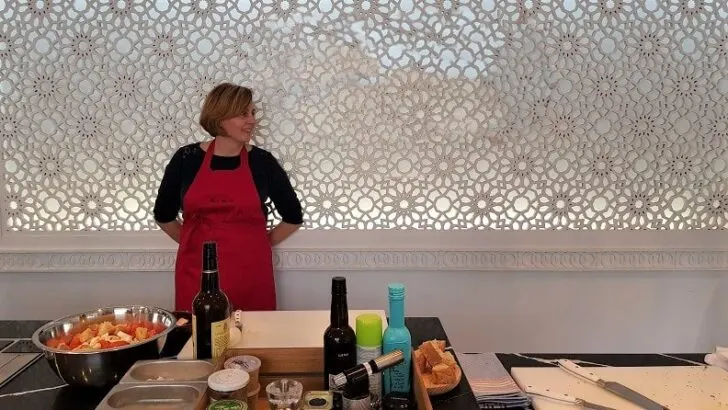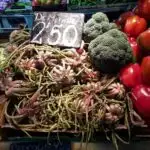Are you thinking about starting a food blog and are somewhat unsure about how to begin your journey? I understand the frustration of having to handle technical issues when all you want to do is share your amazing recipe.
Whether you aspire to begin a cooking blog or enhance your skills as a food blogger, I trust that these tips will help alleviate any technical challenges you may encounter.
But first things first – if you want to create a brand-new blog, there are two things you can do
Employ a professional web designer to complete the task for you.
Customized designs typically come with a hefty price tag that can amount to thousands of dollars, however, they are a viable choice for those with financial means. Make sure to request for referrals and inquire about the expected waiting period before making a payment via check.
DIY it. I’ ll demonstrate the process of creating your self-hosted WordPress website in the following steps. Hosting can be as cheap as $2.95 per month, with the additional cost of a theme ranging from free to $130. So, if you are just starting out, I would suggest you use the free-of-cost option to get a feel of blogging. So, now that I have suggested you two ways to create your own food blog, let me tell you a little bit about…
What Should a Food Blog be About?
In fact, it varies. However, a food blog is basically a website where bloggers compile food- related content, including blog posts and photographs, within the realm of food journalism.
A food blog is an extension of a foodies passion for learning about, tasting, and sharing food, putting that love into writing to be shared with others.
According to Ivory Research, so, it could discuss the background and traditions of various global cuisines, along with providing recipes and recommendations for where to experience them.
It could utilize various forms of media, such as articles, photos, and video, to showcase the writers preferred foods and recipes. A food blog can focus on the cuisine of a particular area or cultural tradition, or a specific dietary lifestyle such as veganism.
From the mother documenting her childrens top recipes, to the semi-professional chef sharing their trade secrets, a food blog strives to unite people through delicious food.
How Do You Start Your Blog?
Below are the steps for creating a visually appealing and fully functional self-hosted WordPress food blog. Your site will feature a unique domain name and appearance that can adapt as your website expands. When beginning a food blog, I suggest adhering to these steps to improve your chances of success. Let’s get started with it.
1: Choose a Unique Name for the Blog
Now that you’ made the official choice to begin a food blog, you’ll have to determine its name. Although it may appear straightforward, your blog’s name plays a crucial role in shaping your brand and setting your website apart from others.
Hence, it is important to make a thoughtful decision. So, ensure to choose a name that accurately represents the main focus of your blog. So, how do you pick the name?
You can start by creating a list of potential blog names and then choose the best one as your final selection. This process can also begin by considering the kinds of content you intend to share.
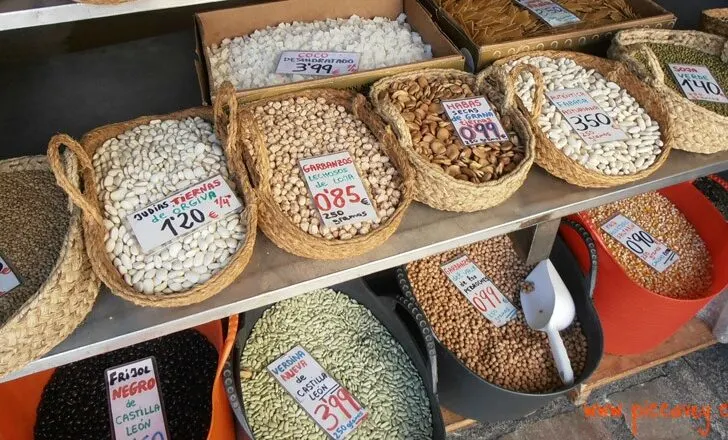
Plaza Romanilla stalls
Do you plan on sharing recipes? If yes, what type? Or would you like to share information on living a healthy, plant-based lifestyle and providing restaurant suggestions?
Ensure you establish your focus and the specific topic of your blog prior to choosing a name. Think about different word combinations that illustrate the content you intend to share.
Do not hesitate to think creatively and include puns or slang that could be appropriate. If you’re feeling uninspired, consider using a blog name generator to spark some ideas.
2: Choose a Proper Blogging Platform
Choosing a blogging platform and a web host is the next important step when launching a blog. The great news is you don't need to be a tech expert to accomplish this. Having access to various professional functions, beginning the process of creating a website for your blog is often as simple as finding the appropriate blogging tools online. Consider specific factors like uptime, bandwidth, and customer support when making your decision.
Using Wix or WordPress, you can buy a domain and build a no-cost blog at the same location to make your website come alive. It is a very basic and effective method to start your food blog.
3: Start Designing the Website
Your food blogs design should align with both your requirements and brand.
You have the option to select pre-designed blog templates or craft a custom design from scratch when strategizing for your website.
Ensure that each aspect of your blog contributes to strengthening your distinct brand identity by using a clear visual style. Utilize various fonts and color palettes on your website to convey the desired tone and message effectively.
To find design inspiration, explore these website examples to determine which visuals align best with your brand.
An example could be a blog focused on nutritious foods, which might be best portrayed by using natural leafy drawings and muted tones.
Don’t use bright neon colors typically found in advertisements for processed foods. Conversely, a vintage website font would complement a blog focused on old-fashioned desserts. You should also captivate your readers with appetizing images. In the end, hunger is noticeable when seen through the lens. Another essential task is designing a logo for yourself. Your brands logo must effectively convey a positive image and be easily identifiable. You have the option to utilize a Food Logo Maker for ideas and to design your own logo. Ensure that you showcase it on your blog, as well as on other branding assets like your social media platforms or your websites favicon.
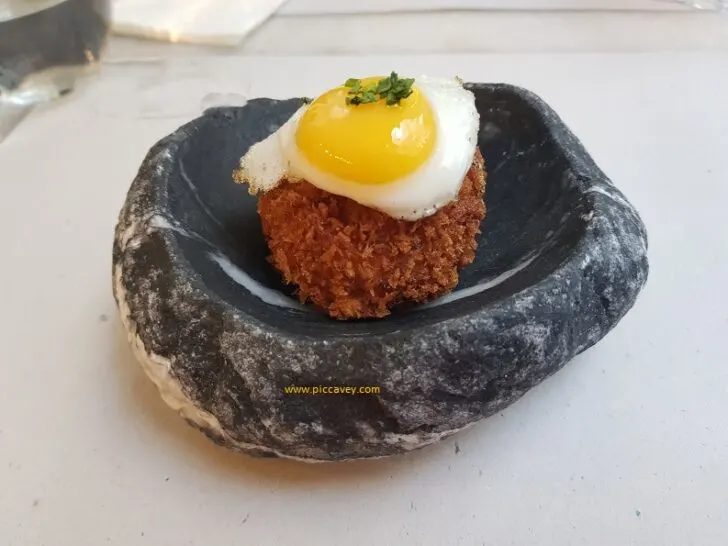
Finally, remember to ensure that your website is optimized for mobile devices. Since many internet users are now using their phones, it has become a crucial aspect of launching a blog. Think about how your websites images and text will look on a smaller screen and how the blogs navigation will be user-friendly for people who are busy and on-the-go.
How to Write on a Food Blog?
Mastering the art of creating a food blog post that resonates with readers can be as challenging as painting the Sistine Chapel. I mean, it takes a while. And imagine putting so much effort into it, and, ultimately, you are unsure if it will be well received by others.
That is why your food blog entries are crucial. It could determine whether you build a successful business or end up writing content that only your grandmother enjoys (even though she’ s upset that you shared her special recipe). Let me share a few ideas on how to do it.
1: Narrow Down the Niche You Want about.
Begin by doing keyword research to identify the perfect niche for your blog. And Concentrate on a particular cuisine, trend, or topic to enhance the competitiveness of it. Common niches found in popular food blogs include trying out different flavors, evaluating cookbooks, capturing food images, and additional topics. Use your creativity to consider all possibilities and discover the ideal niche for you.
2: Creating a Plan for the Blog Post
Alright, you have your subject. Now, a well-thought-out plan is now required. Similarly to how a delicious meal needs a careful recipe, your blog post also thrives with a thorough plan. Below are a few actions you can implement:
A: Consider Who You’re Writing for
First of all, identify your audience.
Do they cook at home, prioritize health, or are they food enthusiasts looking for new culinary trends? Knowing your audience helps you customize your content to align with what they want and require.
B: Develop the Structure
Then, create a draft for your blog post. Like preparing food, you wouldnt start without a recipe, right? Basically, using an outline can steer your writing and assist in preserving a smooth flow in your post. However, that won’t be all. You’ll also have to pay close attention to your subject, key points, subheadings, and the tone of language you will employ. Here are a few things you need to consider while you’re at it –
Establish what you want to achieve with your writing.
What is your goal for your post? Determining your writing objectives can assist in maintaining a clear and purposeful focus on content, whether it involves sparking an interest in cooking, providing information on healthy eating habits, or assessing a recently released kitchen tool.
C: Do Some Research
With your outline and writing objectives in hand, its time to start conducting thorough research. Do you desire for your content to be precise and reliable?
The more precise your information is, the higher the value your post holds for your readers. Looking at recipe blog samples is also beneficial for finding inspiration.
Therefore, make sure to verify your information, expand your knowledge on the subject, and guarantee that you comprehend the topic completely before writing about it.
D: Choose Your Writing Style and Tone
Lastly, think about the tone you want your post to have. Should the tone be relaxed and informal or more professional and commanding? The tone
and style of your writing are usually influenced by your blogs identity and readership.
Maintain consistency in your writing to ensure coherence across the entire post.
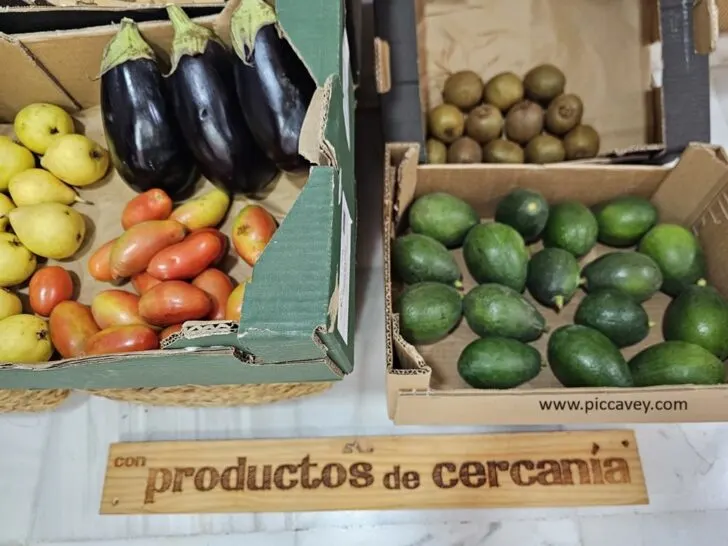
3: Organize Your Entire Content
Having discussed the importance of planning and creating an engaging introduction, it;s time to delve into effectively organizing your content.
A: Map Your Content
Every paragraph, image, or bullet point is a milestone on the journey. Generate a content roadmap to ensure you are effectively leading your readers from the introduction, through the main body, and to the conclusion.
This map needs to represent the fundamental layout of your post, including an introduction, the main content, and a conclusion.
B: Use Proper Headings and Subheadings
Reading lengthy passages of text can seem overwhelming. Organize your content with subheadings to create smaller, easier-to-digest sections. They help
with understanding and lead the reader through the post. Using subheadings also improvesthe SEO of your post! Further information on that section will be provided shortly.
C: Highlight the Important Parts
What main ideas do you want your audience to recall?
Highlight these by using bullet points, **bold fonts**, or *italicized words*. Make sure your most important insights are not overlooked.
Note: Creating a well-structured and organized post will boost its readability, engagement, and SEO effectiveness. Keep in mind that its important to not only provide great content, but to consider how you present it to your audience as well. Therefore, take care in arranging your content to make sure it stands out.
Embarking on food blogging combines creativity and gastronomy in an enjoyable way. We trust that this guide assists you in writing compelling, informative, and enjoyable food blog articles.
Remember that by including your personal flair and putting in effort, your audience will enjoy reading your food blog entries. Also, feel free to leave any questions or comments regarding writing food blog content! I enjoy receiving messages from our readers and aiding whenever possible.
